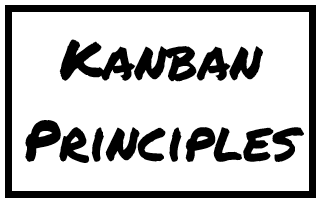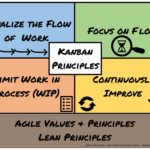We hear a lot about best practices. We talk a lot about them. Many organizations are of the opinion that if they can identify the best practice, they are set. Of course, that thinking can be limiting in a number of ways. We need to be better, not best.
Limiting Yourself with Best Practices
Googling “best practice definition” gives you “commercial or professional procedures that are accepted or prescribed as being correct or most effective.”
Wikipedia says : “A best practice is a method or technique that has consistently shown results superior to those achieved with other means, and that is used as a benchmark. In addition, a “best” practice can evolve to become better as improvements are discovered. Best practice is considered by some as a business buzzword, used to describe the process of developing and following a standard way of doing things that multiple organizations can use.”
Notice in the Wikipedia definition they add the idea that they can evolve to become better. This gets to the root of what we need to be doing.
Continue Reading→







